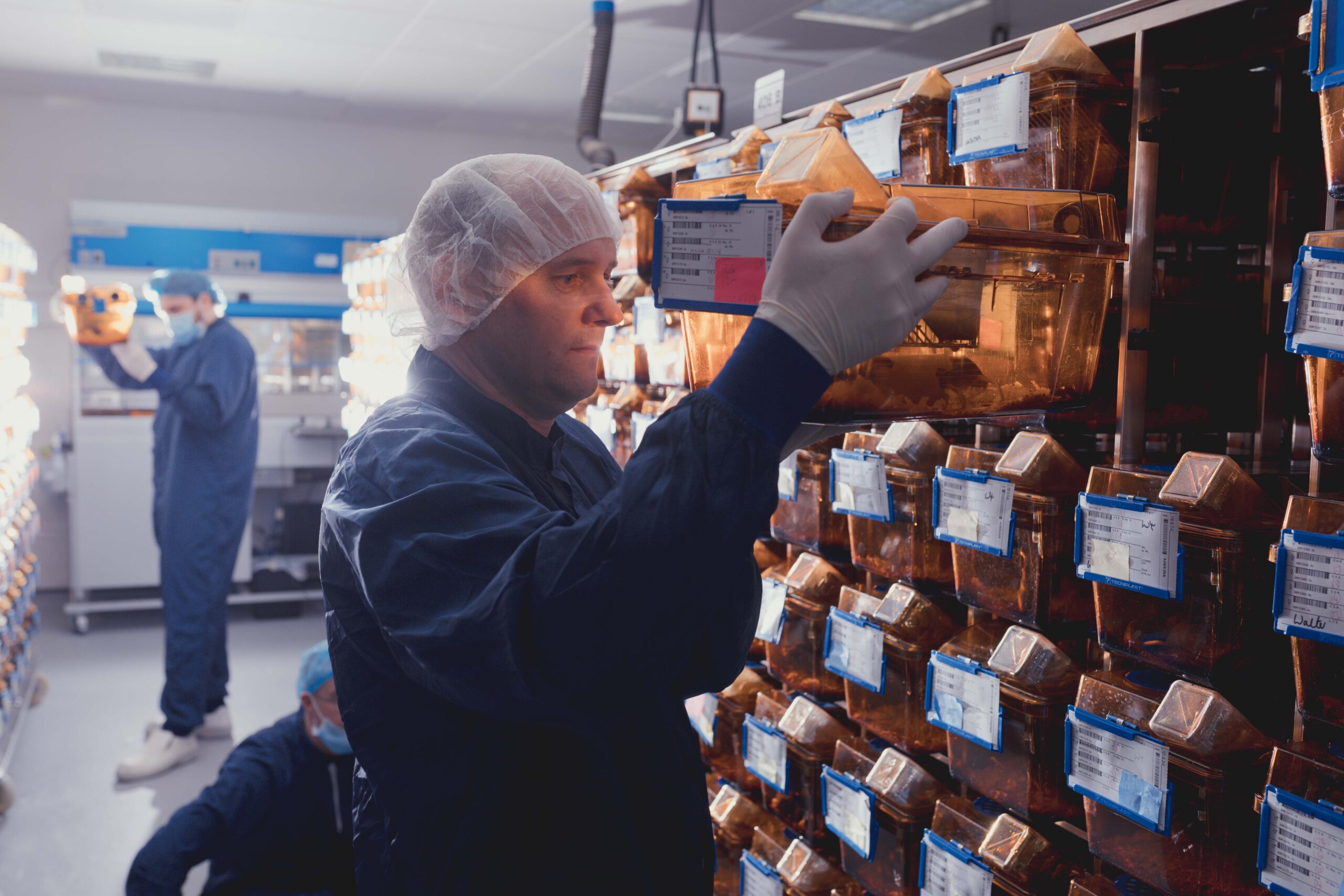In new research, published in Current Protocols in Mouse Biology, researchers at MRC Harwell have analysed the benefits of automated phenotyping systems and have developed two novel protocols to study mouse behaviour.
The use of genetically altered mouse models in biomedical research is extensive due to the similarities to humans both genetically and physiologically. These similarities, alongside the ease of developing precise mutations, means the mouse is a great model to study molecular and cellular diseases.
Neurological conditions, such as motor neuron disease, can present with affected movement and balance, and as such mouse behavioural studies are beneficial in studying these diseases. Phenotype tests, such as grip strength and motor coordination, provide valuable understanding of abnormal behaviours and insight into the effects a particular mutation has on disease progression.
However, these tests are limited, as out-of-cage, manual testing on animals can be extremely variable and result in difficulties in reproducibility. Behavioural tests often require mice to be removed from their cage, isolated from social groups and placed in unfamiliar surroundings. Tests are often carried out during hours of light, despite mice being primarily active during the hours of darkness. This might mean some behaviours that would naturally be displayed during the hours of darkness go unrecorded. Additionally, a number of factors such as the order of the tests, the handling of the mice, and experimenter expertise can affect the mouse’s ability to perform in tests, which makes them difficult to standardise.
Whilst there are guidelines and protocols to standardise testing and prevent these factors implicating results, technological advances in automated phenotyping are progressing the reliability of testing, by providing continuous monitoring and recording of behaviours.
In this paper, researchers at MRC Harwell report on two continuous home cage–monitoring protocols. Firstly, radio frequency identification (RFiD) microchips used to record data on activity and spatial proximity within the Home Cage Analyzer (HCA) and secondly, ultrasonic microphones to obtain recordings of ultrasonic vocalisations (USVs).
The HCA system allows researchers to monitor behavioural traits and mouse interactions over a long period of time. Monitoring the individual mouse in its group-housed environment and recording the interactions it has with other mice and with its environment will develop an understanding of the animal’s social interactions. Social interactions are a good indicator of health, welfare and disease and the HCA system will allow the mouse to remain in the same cage and with the same social group that is has been weaned and housed in for most of its life. These measures will not only mitigate against the above varying factors but also ensure mouse interactions are monitored within behavioural studies. Mice are sociable animals and the ability to study these interactions within the animal’s own social group could provide vital insight into early indicators of disease and its progression.
In addition to social interaction, ultrasonic vocalisations have been identified as a potential indicator of health and disease. Researchers have studied mouse USVs in a social communication context, but more recently they have been able to link them to specific behaviours. Some studies have suggested that USVs can indicate communicative deficits in neurological diseases and therefore the ability to study USVs will provide vital insight to the onset and progression of disease. The integrations of ultrasonic microphones into the home cage of animals will ensure continual monitoring of mouse USVs from early stages through to disease progression and allow for further research and understanding as to how mice use USVs.
The two protocols, in addition to providing deeper insight into mouse behaviour and disease progression, are also proving beneficial for mouse welfare. This technology allows the animals to be continuously studied, even in dark periods. With this continuous observation, researchers can begin to build a picture of “norm” behaviour which will ensure deviant behaviours are identified and understood. Additionally, mice typically try to hide any behaviours of vulnerability, including disease, and therefore USVs could be used to detect disease before it is expressed at the behavioural stage, and thus allow for earlier welfare intervention.
The combination of these automated systems, studying behaviour in a social setting alongside recording USVs in the home cage, provide the opportunity for researchers to study behavioural phenotypes across a long period of time and in the mouse’s natural setting. These protocols will improve the data set through continuous behavioural observations and will enhance and standardise mouse model behavioural studies.



